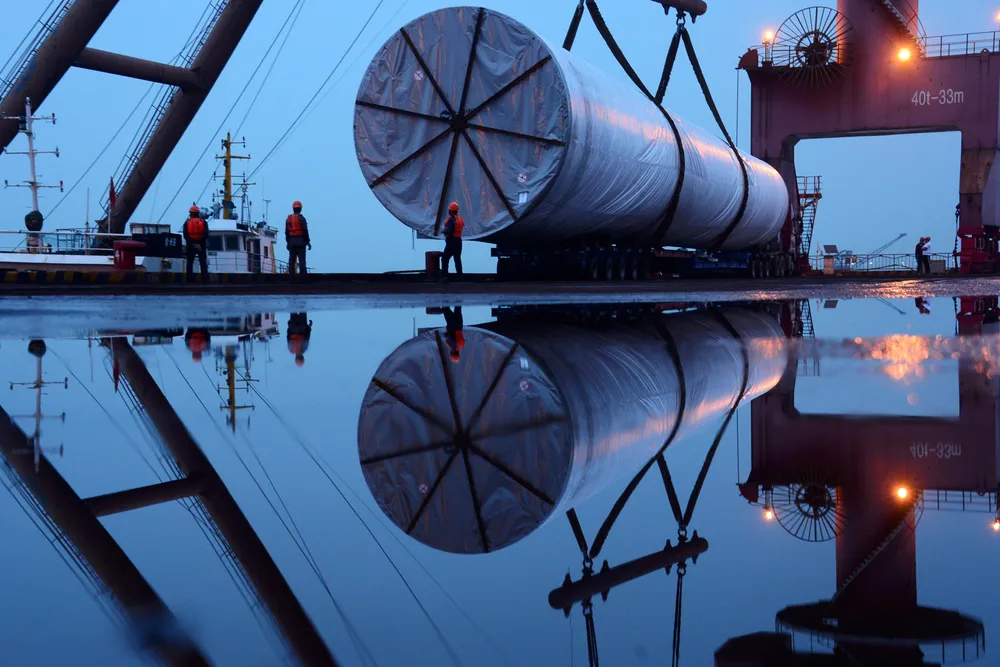China's dramatic offshore wind expansion brings big challenges
China is expected to overtake the UK as the world’s largest offshore wind operations and maintenance market, but it faces challenges to profitability

China is expected to overtake the UK as the world’s largest offshore wind operations and maintenance market, but it faces challenges to profitability
